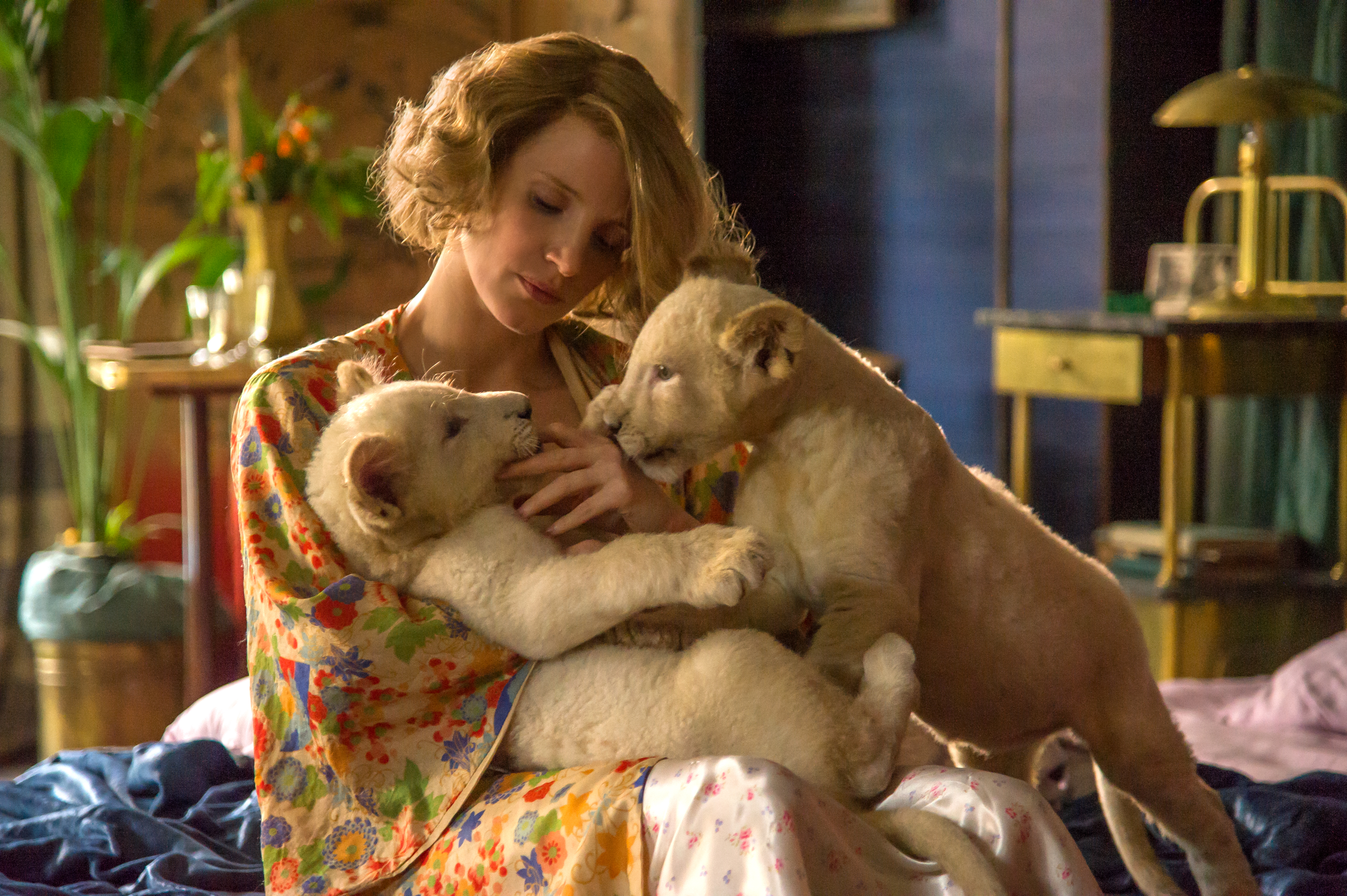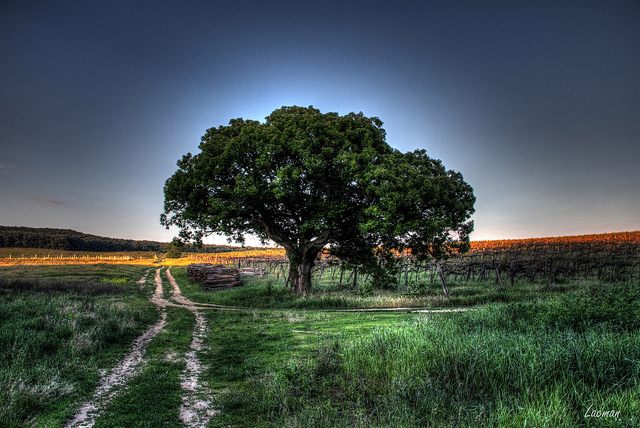
San Diego Zoo’ Global Supports Wildlife Conservation
Summer is the perfect time to take a visit to the zoo and is a fun activity the whole family can enjoy. A place where you can see all your favorite animals. But imagine a world where your favorite animals begin to disappear one by one. No zebras. No pandas. Imagine the impact on our future generations. Preventing extinction is possible and is happening thanks to an organization committed to connecting people to wildlife and conservation on both a national and global level.
San Diego Zoo’ Global :: Wildlife Conservancy
In the modern era of zoos, it’s important to do more than just keep animals. We need to work together to help protect animals and enable them to thrive. As specialists in bringing species back from the brink of extinction, San Diego Zoo Global is a conservation organization dedicated to saving endangered species worldwide. My in-laws have been big fans of the San Diego Zoo Safari Park and we are planning a visit there very soon. They said the animals are quite amazing and you get to see them up close and personal. I am really looking forward to visiting the park this summer!
San Diego Zoo Global has helped threatened and endangered animals reproduce to become self-sustaining populations. They’ve learned how to breed more than 165 endangered species, and have reintroduced more than 30 species back into the wild. In many cases, these efforts have meant the difference between extinction and survival. Zookeeper Rick Schwartz has worked with animals for over twenty years. As ambassador for the San Diego Zoo, Rick has a passion for wildlife and is eager to share all the work the Zoo does, both locally and globally, for conservation. Through their conservation work, San Diego Zoo Global hopes to create a future in which people and wildlife can thrive together.

And for parents: San Diego Zoo Global hopes to inspire the next generation of animal lovers and conservationists. Their www.sandiegozookids.org website is a fun and colorful introduction to wildlife and conservation for children, and features games, videos, animal facts and more, all produced with your little ones in mind. This is a great resource this summer to help make learning about wildlife and conservation fun and engaging. Make sure to check out their website for ideas and here is Rick Schwartz talking about the tigers at the park in this fun video!

Interview with San Diego Zoo Global and Animal Care Supervisor, Rick Schwartz:
We had a chance to speak to zookeeper Rick about Wildlife Conservation and how families can get involved and help support conservation.
1. Tell us a bit about your background. Have you always wanted to work in wildlife conservation?
As Ambassador for San Diego Zoo Global & an Animal Care Supervisor, I am often asked how I found myself doing what I do. And I can honestly say as a child I probably could not have come up with the exact description of my dream job. But looking back, had I known this could be a career, I would have picked it. Growing up I always gravitated to being around animals and have always had a desire to learn more about them. I was fortunate enough to start as part-time keeper at the San Diego Zoo and worked my way up to a full-time position shortly after that. As a keeper for the San Diego Zoo I found I truly loved sharing my passion for wildlife with the guests of the zoo. Thus when the opportunity came along to be the Ambassador for San Diego Zoo Global, I jumped at it! Now working with our conservation groups, and still working with the keepers and animals along with being the one who goes out to share our stories with the public, well it’s a really good fit for me!
2. I read that the San Diego Zoo Global has breed more than 165 endangered species, and have reintroduced more than 30 species back into the wild. If this breeding was not successful what are some of the animals that might have become extinct?
San Diego Zoo Global’s conservation efforts are spread far and wide, and many of the species we have saved, some people may not have even heard of. But that dose not make those animals any less important to the balance they keep in the ecosystems they inhabit. The Hawaiian crow, known as the ‘alala is an important seed disperser for the areas it inhabits and was down to the last 20 individuals in the mid 90’s. Our program has now put that population back up to 95 individuals and growing. Though still endangered, we were able to prevent their extinction. There are also several species of island iguanas on the Caribbean Islands, the famous California condor and many more species that would no longer be with us had action not been taken.
3. What are some things that families can do to help support wildlife conservation?
Sometimes it is hard to feel you can make a difference for animals in faraway places. But believe it or not, you actions at home, school or work can and do make a difference. When you recycle aluminum, not only are you preventing waste going to the land fill but you are also preventing the need to mine more raw materials from the ground to make new aluminum. There are many species that deal with habitat loss when we require more natural resources. This is true for paper, glass and materials used in your everyday electronics. Being a careful consumer does have an impact, that’s for sure. You can also participate in a park, hiking trail or beach clean up as well. Removing litter and trash from their areas does make a difference for the plants and animals that call those areas home. No park or beach clean-up events in your area? Then start one! Gather friends and neighbors and start to make that change. Also volunteering at a wildlife rehabilitation center helps local wildlife as well. And of course, if you don’t have the time to volunteer but want to financially support conservation then do some homework and find an organization like San Diego Zoo Global that is actively doing field conservation work around the world. Even go to your local zoo! You may be surprised to find out that zoo’s across the nation do conservation work both locally and globally.
4. What animal would you say you are most like?
Having dedicated my life to working with animals and educating others about them, I’d have to say the one I am most like, or at least can identify with the most, is the binturong. Also known as the bearcat, these tree dwelling rainforest animals are omnivorous but love to eat fruit and vegetation. With sharp claws and a prehensile tail they are great tree climbers, and I will admit even as an adult I do love to climb trees as well!
5. Any news you want to share with our lovely dandelion moms?
News to share? Well, honestly there’s a lot. We have over 100 conservation projects going on right now in over 30 different countries around the world. And there is always something new and exciting going on at the Zoo or at one of our many field conservation sites. I’d say check out our website www.endextinction.com to keep up with what we do.
Thank you for your time!
Want to help support and raise awareness on wildlife conservation? Here are a few ways you can get involved:
· Visit www.endextinction.org to learn more about endangered species conservation, and the San Diego Zoo Wildlife Conservancy.
· Tweet about it! Use #EndExtinction Help bring species back from the brink of extinction. Learn more @ www.endextinction.org.
YouTube:
A World In Harmony – Animals everywhere rejoice in song after hearing that endangered species are being reintroduced to the wild. A fun and engaging way to convey that preventing extinction is possible, and is happening!
Note: We were provided with tickets to visit the San Diego Zoo but this did not affect our opinion in any way. We are happy to support conservation efforts and help spread the word about the importance to teaching our children about wildlife and all its wonder!
0



